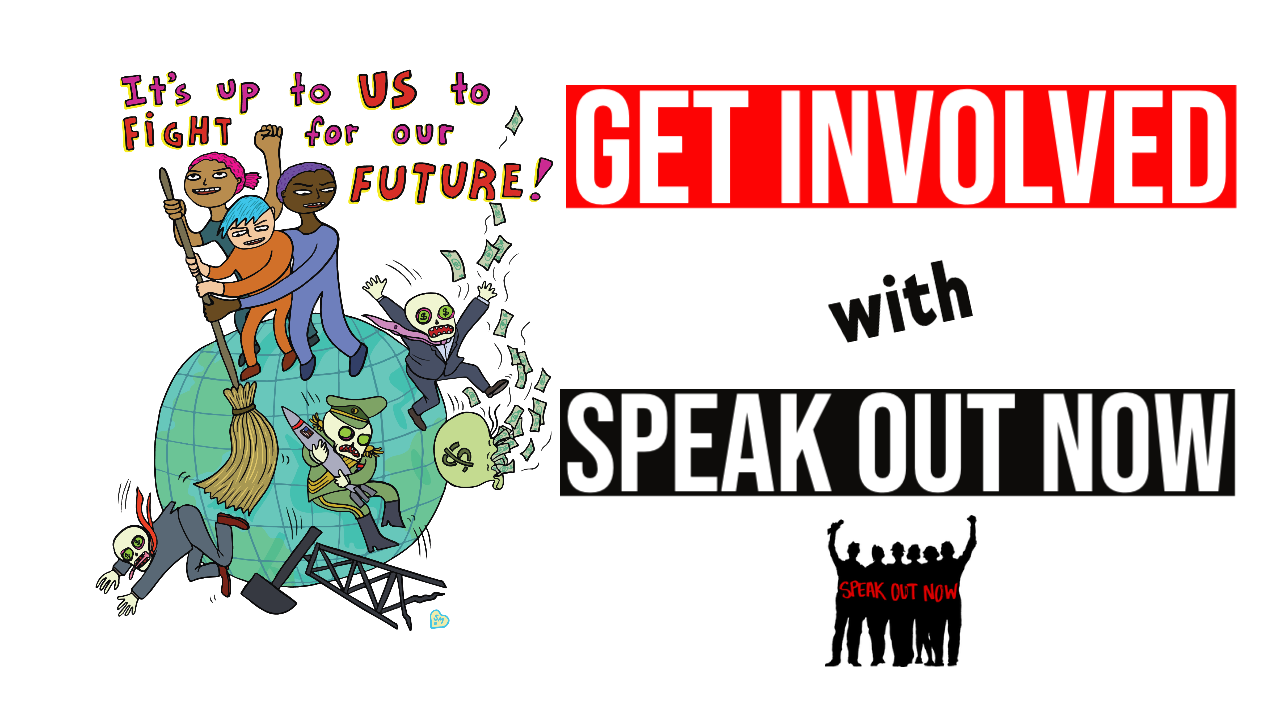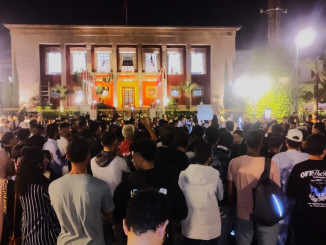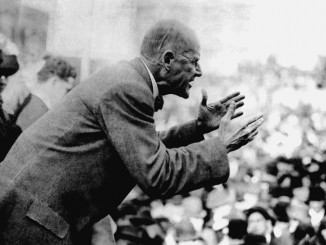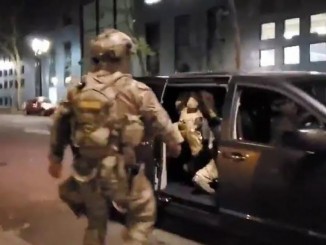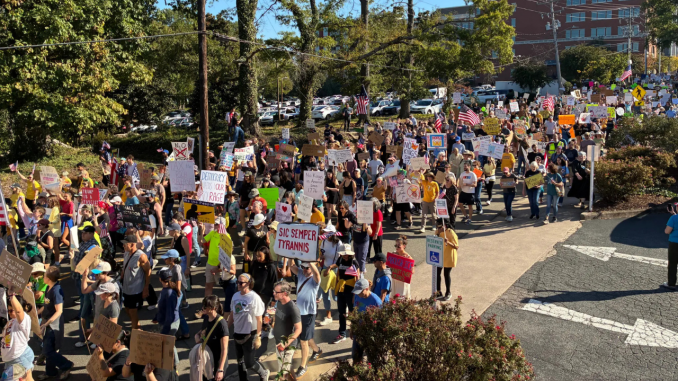
On October 18, for the second time in 5 months, millions filled the streets in opposition to Trump and his reactionary agenda. This was the second No Kings Day, and if anything, these protests were even larger than the one on June 14. Although demonstrations like these – largely organized by Democratic Party aligned groups and without larger mass mobilizations and strikes by the working class – won’t be enough, the millions on the streets once again showed that a large majority of the U.S. population is solidly against the aggression Trump is carrying out against us and the world.
The first No Kings Day saw nearly five million on the streets in major cities as well as smaller cities, large towns and suburbs. The second No Kings Day was larger. Organizers estimate that close to seven million participated. Whatever the numbers, there is no question that this Saturday’s protests were more widespread.
In big cities throughout the nation masses turned out to say an emphatic “NO!” to Trump’s reactionary agenda. In New York City more than 200,000 flooded more than 30 city blocks along 7th Avenue. In Chicago, which has seen an influx of ICE agents terrorizing the population, an estimated 200,000 filled most of Grant Park before spilling out onto city streets to cover 22 blocks. In both Atlanta and Los Angeles, numbers also approached 100,000 on the streets. In D.C., the nation’s capital, where tens of thousands have lost their jobs and where Trump first sent the National Guard, tens of thousands rallied with energy and anger alongside the national mall. Denver, Colorado saw a mass rally in front of the capital building, with an estimated 25,000 turning out. In Baltimore there was no mass march because of the annual Baltimore Running Festival, but there were a number of protests in and around the city. An estimated 2,500 protested in Towson and 6,000 in Columbia, with other protests in smaller towns in the region. An estimated 7,000 protested at various locations throughout Baltimore, including at Patterson Park and lining the route of the Running Festival, where some runners wore messages of protest. In San Francisco, an estimated 50,000 turned out, and in Oakland at least 10,000 also turned out to rally and march against reaction.
But beyond the big cities where huge numbers can be expected, what was perhaps most inspiring were the smaller cities and towns which still turned out large crowds who are furious and want to fight back. More than 50 No Kings protests occurred in Colorado alone, with Colorado Springs drawing at least 12,000! In Hartford, Connecticut, an estimated 10,000 filled the space in front of the capital building, while hundreds lined the streets of the small town of Westport. New Jersey also saw nearly 50 separate protests. In Jersey City a crowd of more than 1,000 protested in the downtown. In Newark, a multiracial crowd of more than 1,000 marched along West Market Street and Broad Streets. Dozens of smaller Jersey suburbs also saw energetic protests.
And even in states that are supposedly deep red, large numbers turned out to say “NO!” In Salt Lake City, Utah, 11,000 people filled the space in front of the capital building. In Birmingham, 2,000 marched, while smaller Alabama towns like Oxford drew hundreds to line roads with signs, music, speeches and chanting. In Boise, Idaho, thousands first rallied at the statehouse and then marched through the city. Even in smaller towns like Moscow and Idaho Falls hundreds gathered to show their resistance.
But no matter the size and energy, there are still real limitations to these protests. They generally still do not focus on the systemic nature of the problems we face. Many protesters still hope that the Democratic Party can still save us. Many still put their faith in so-called American values or the Constitution and still believe that, after Trump, things can just go back to some type of “normal.” But the U.S. Constitution has allowed a vicious right-wing to arise and has allowed Trump to avoid accountability for his many crimes. Capitalism has created vile creatures like Trump, Musk, and the other billionaires. So-called “normal” capitalism is not the answer. It’s why we are where we are.
Also, these demonstrations have not engaged the larger working-class, the one force in society that can fundamentally change our world. These protests are still mostly middle-class in makeup and attitude, with a clear majority white and more affluent than most workers. And although there are some Black workers, young Black people, and other workers and youth of color at most of these events, nowhere have large numbers of these turned out. Only when larger numbers of workers begin to engage in this struggle will we really see our power.
There were a few exceptions. At the small but energetic rally in Jersey City, a contingent of dozens of Service Employees International Union (SEIU) members, many of them Black, were out to show their opposition to Trump. In New York, a feeder rally endorsed by 17 separate unions and labor organizations drew at least a thousand workers to march starting in lower Manhattan. In Durham, North Carolina, where at least 6,000 rallied and marched, rank-and-file workers from Amazon and other local workplaces participated, including a number of Black workers. The Durham event is also notable because its main slogan was “No Kings, No Billionaires” to show that the issue is not just Trump, but the class nature of what Trump represents. A half dozen workers spoke at the podium, one of whom focused explicitly on the class conflicts within the capitalist system.
Despite the limitations of these protests so far, they also show us that a mass resistance to Trump’s policies exists within the U.S. and has potential to grow. Millions stand against Trump and recognize the dangers he and his advisors pose. We must pursue this potential. In doing so, we can organize, to go beyond just stopping Trump, and organize to change our world.

